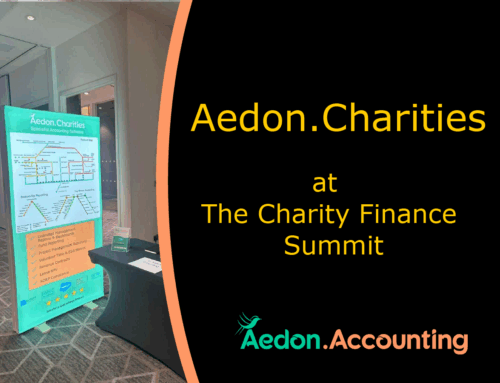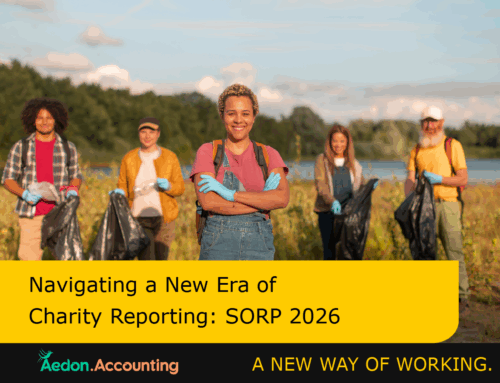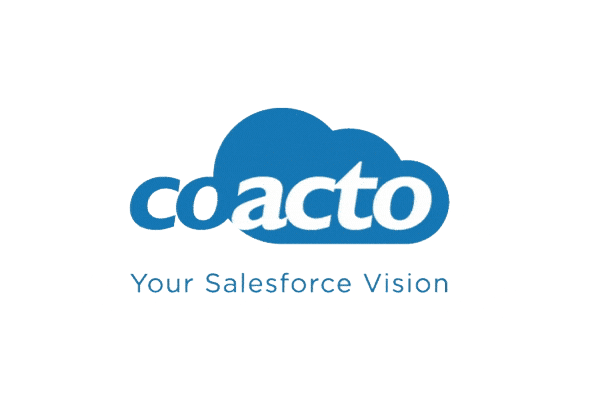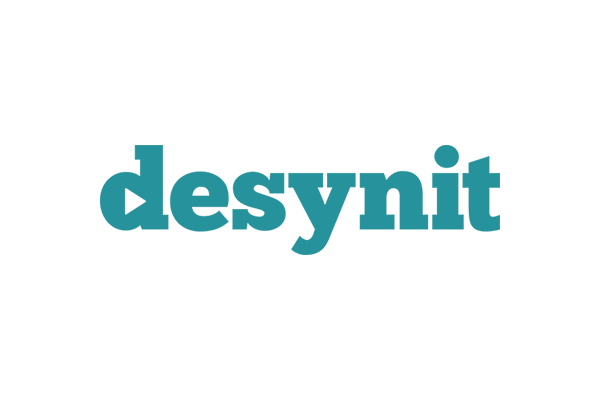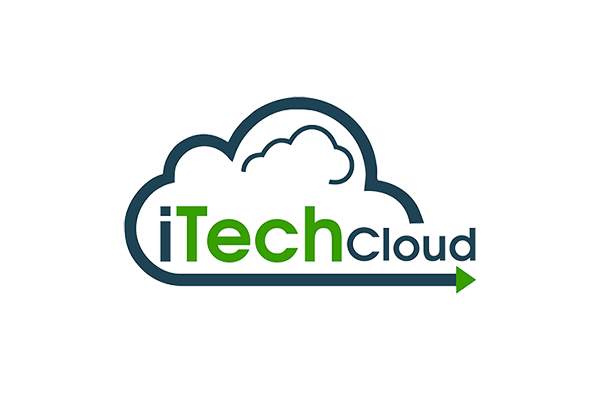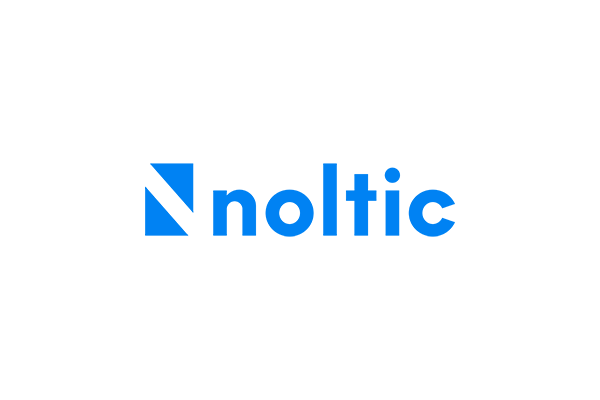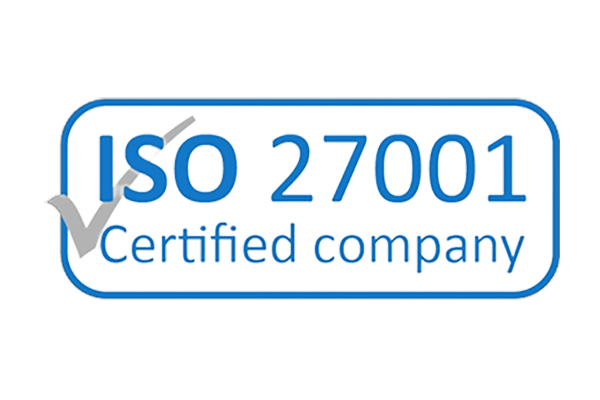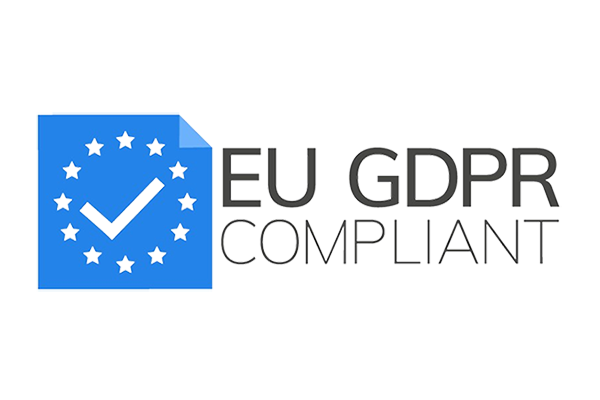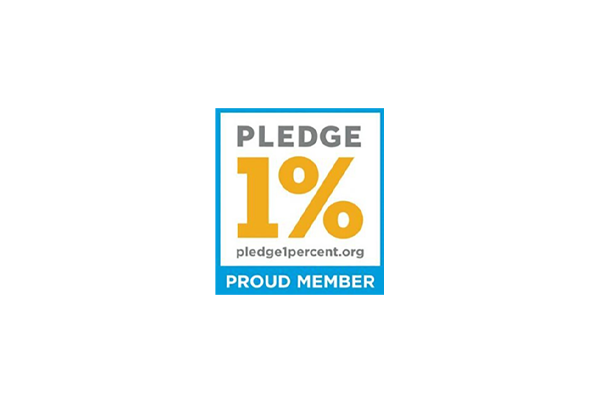Building a Resilient and Future-Proof Charity: The ESG Imperative for Tier 3 Charities
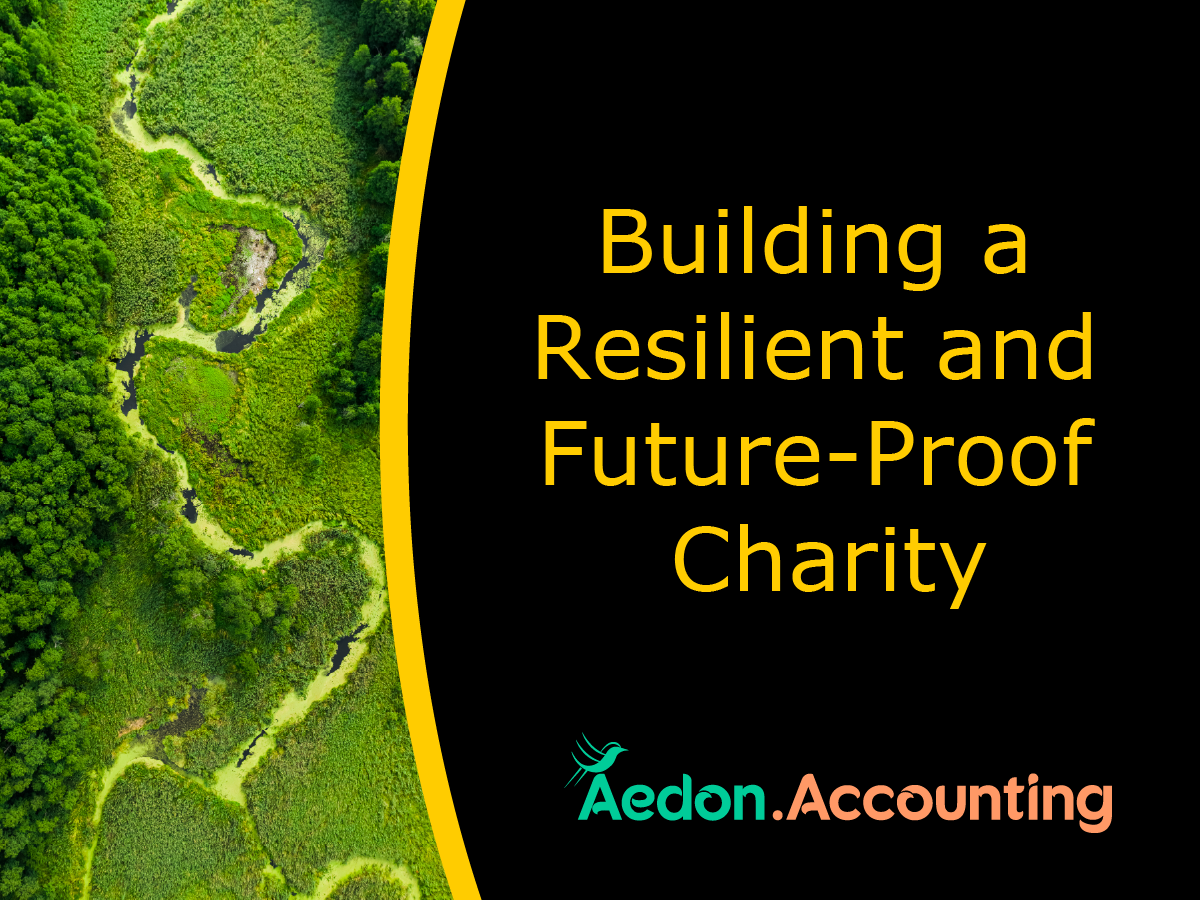
Published:29 July 2025
The integration of Environmental, Social, and Governance (ESG) principles is no longer a peripheral concern for the charity sector. For Tier 3 charities operating across the UK and EU, ESG has become central to strategic leadership, operational effectiveness, and long-term sustainability.
Navigating this new landscape demands a response that balances ambition with pragmatism. While direct regulatory requirements remain limited, the growing expectations from funders, donors, partners, and the public create an undeniable imperative for action.
Key Recommendations for an Effective ESG Journey
Governance (G):
Start with the Familiar: Use the Charity Governance Code as the foundation of your ESG strategy. Its voluntary and sector-specific nature makes it the ideal starting point for Tier 3 charities.
Board Oversight: Make ESG a regular agenda item for your trustees. Appoint an ESG champion and embed ESG considerations into your risk register and strategic planning processes.
Social (S):
Formalise Impact Measurement: Move beyond anecdotal evidence by developing a Theory of Change or Logic Model to clearly articulate and measure your social impact.
Internal and External Focus: Track internal social metrics like the Real Living Wage and staff wellbeing. Collect and report Equality, Diversity, and Inclusion data transparently to demonstrate tangible progress.
Environmental (E):
Measure Your Footprint: Overcome the common ‘environmental lag’ by using free, accessible tools to calculate your charity’s carbon footprint, starting with key areas such as energy use and travel.
Develop Proportional Policies: Implement cost-effective actions—such as switching to green energy tariffs, reducing waste, and encouraging sustainable travel—all supported by Charity Commission guidance on fund usage.
ESG as a Continuous Journey
ESG is not a box to tick or a project to complete; it is an ongoing process of continuous improvement. The landscape of regulation and stakeholder expectations is constantly evolving, and so too must your charity’s approach.
Using a maturity matrix—from ‘Aware’ through ‘Active’ to ‘Advanced’—provides a manageable framework for growth. The objective is demonstrable progress and clear commitment rather than immediate perfection.
The Opportunity in ESG
Though ESG adoption may initially feel driven by external pressures, its real value lies within. Engaging deeply with ESG principles offers Tier 3 charities the chance to sharpen strategy, improve operational efficiency, strengthen stakeholder relationships, and secure a resilient financial future.
By embracing ESG, charities not only demonstrate their commitment to solving society’s most pressing problems but do so in a manner that is ethical, accountable, and sustainable. Far from being a distraction, ESG is key to delivering your mission more effectively and ensuring its endurance for generations to come.
Follow Aedon.Accounting for expert guidance on ESG integration and SORP 2026 compliance. Visit Aedon.Charities to learn more. We have a wealth of information on the Charity SORP at our dedicated page.

